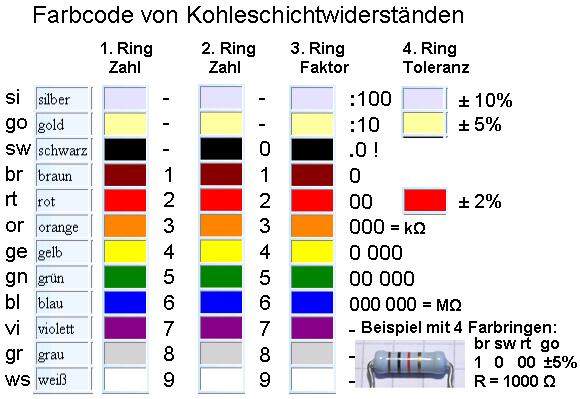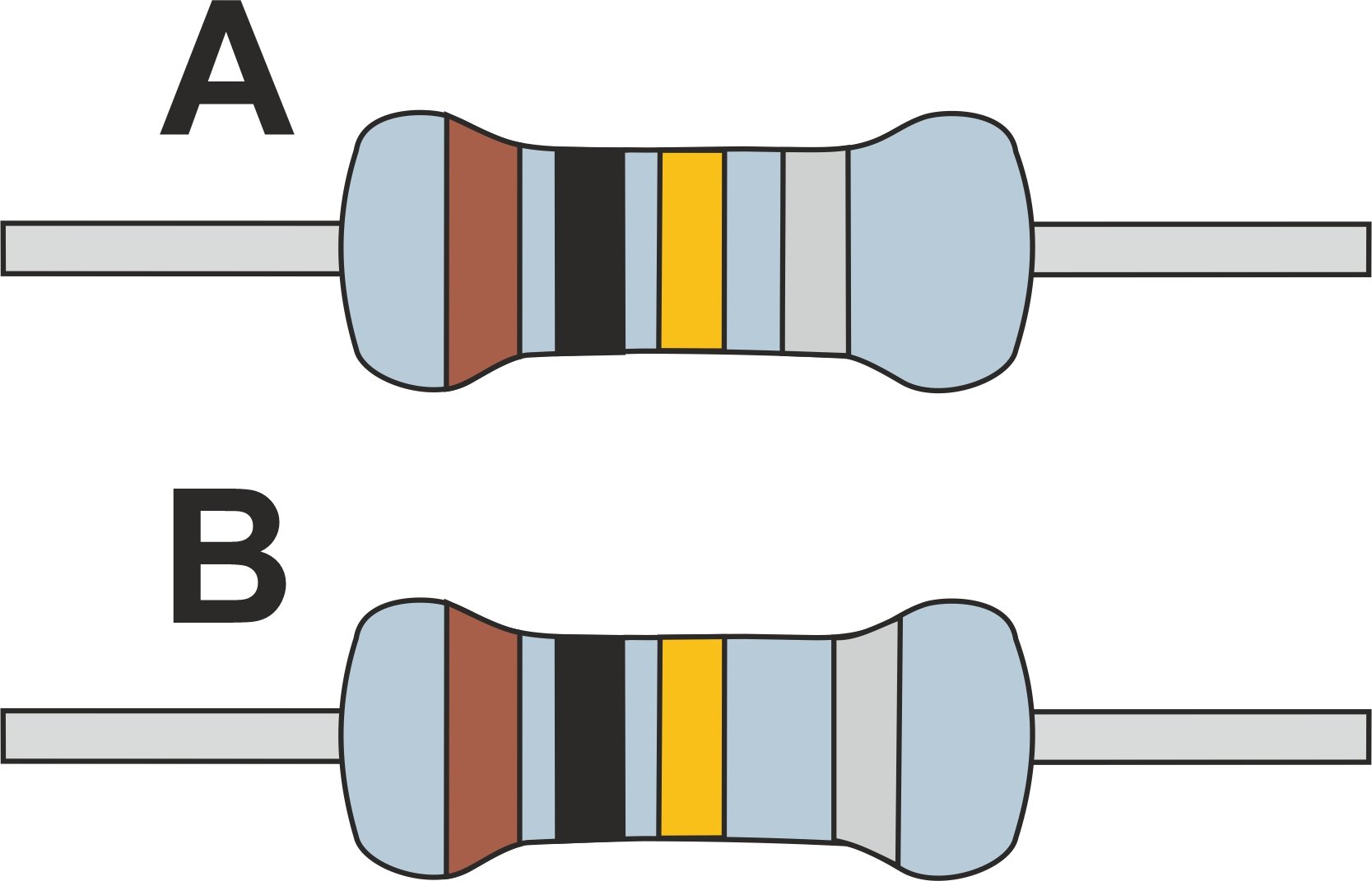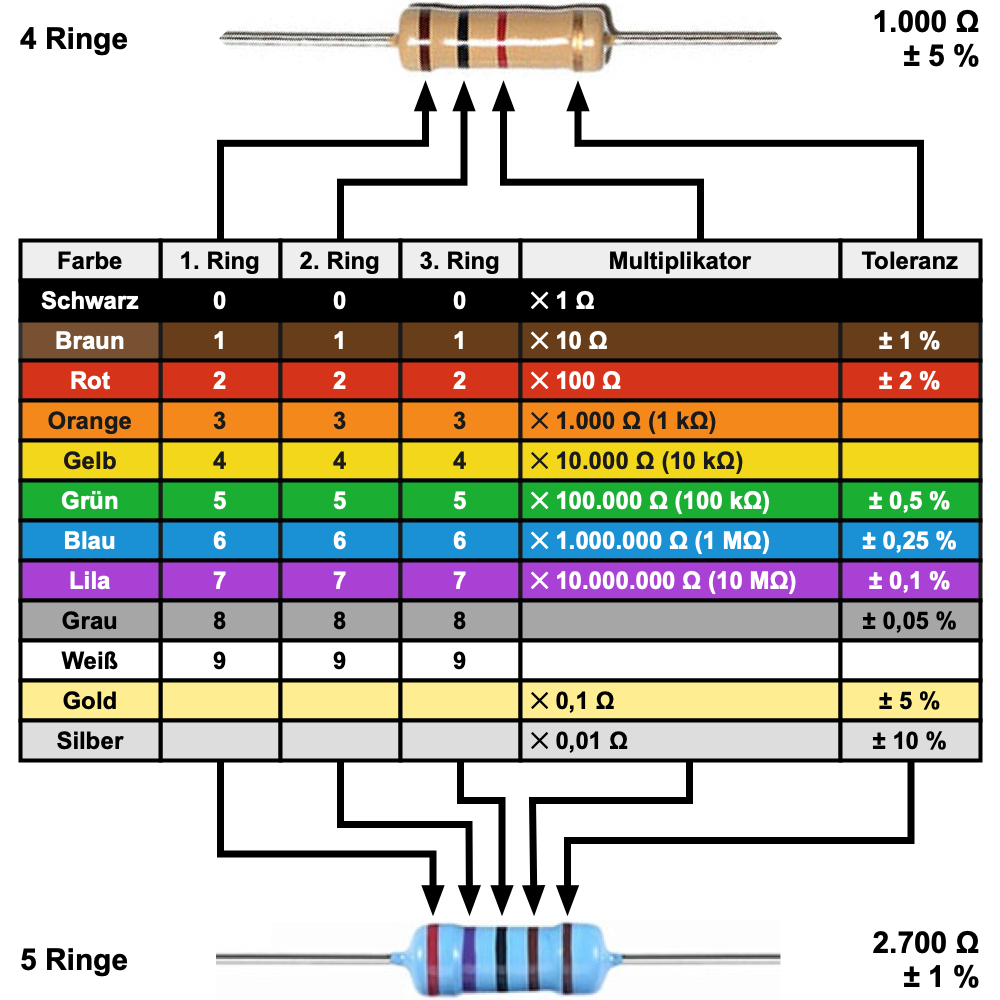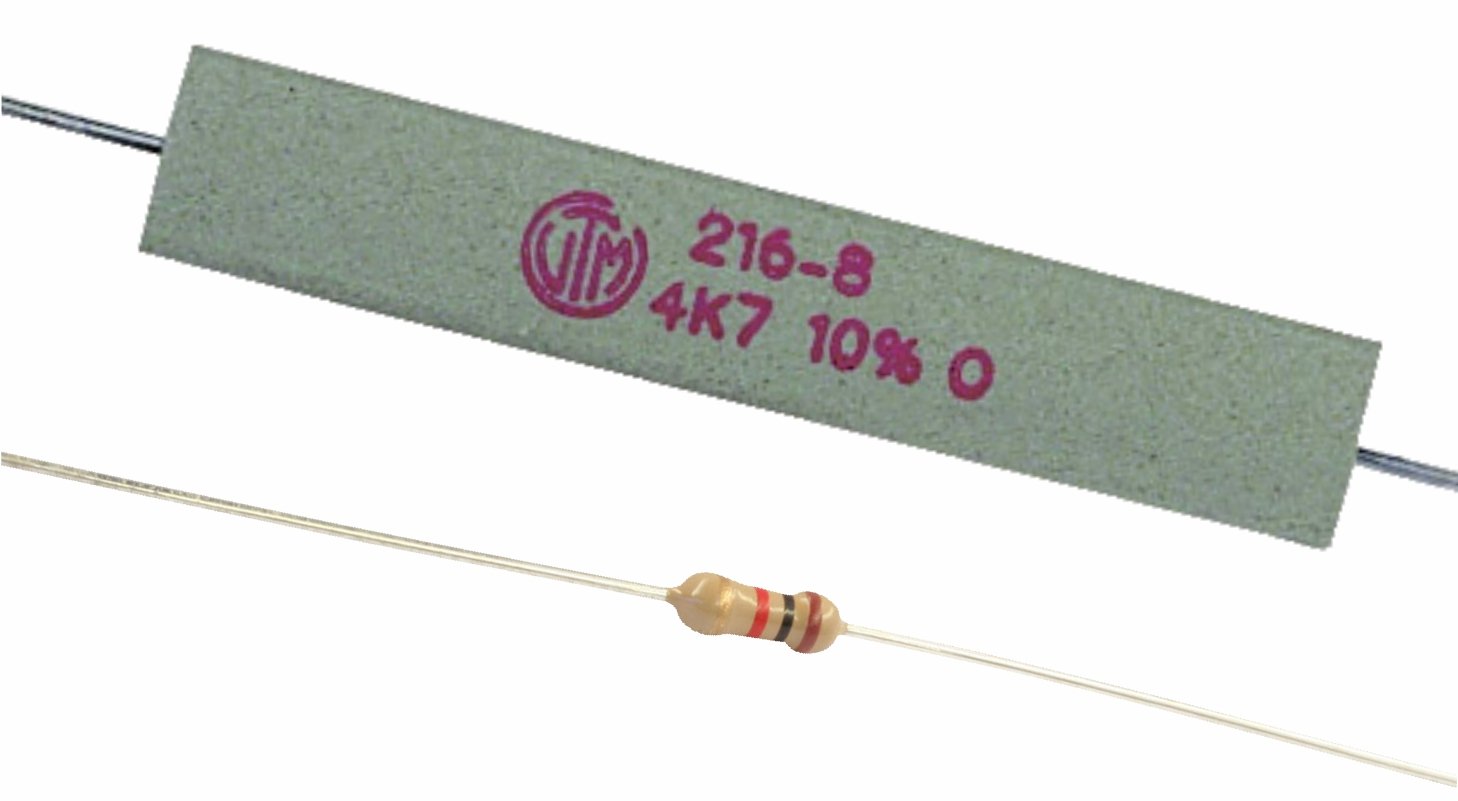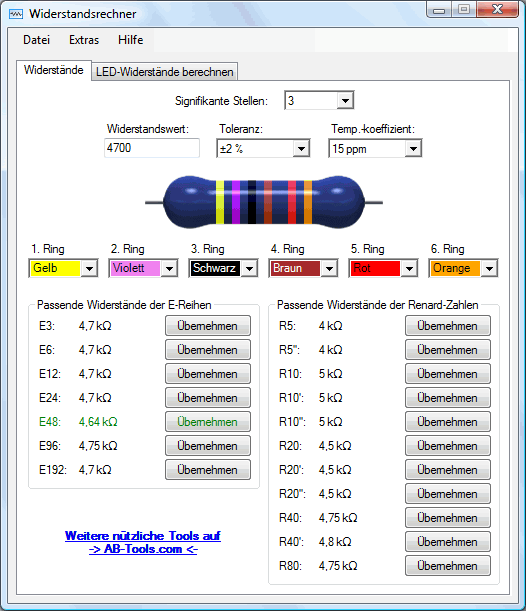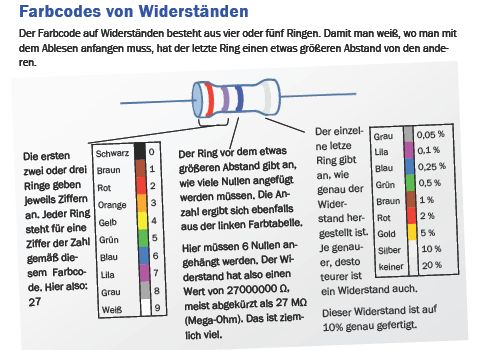
Rosenice Widerstand Farbcode 2500pcs 50 Werte 14W 0,25W 1 % Metall Film Widerstände Sortiment Kit Set: Amazon.de: Gewerbe, Industrie & Wissenschaft

Ciieeo Handauflage Handgelenkauflage Für Die Tastatur Handgelenkauflage Für Tastatur Handballenauflage Für Computertastatur Handballenauflage Für Laptop Epoxidharz Weiß Rechner Armpolster : Amazon.de: Bürobedarf & Schreibwaren

Rosenice Widerstand Farbcode 2500pcs 50 Werte 14W 0,25W 1 % Metall Film Widerstände Sortiment Kit Set: Amazon.de: Gewerbe, Industrie & Wissenschaft

Amateurfunk-Lehrgang für das Amateurfunkzeugnis Klasse E. Mit allen Prüfungsfragen : Moltrecht, Eckart K: Amazon.de: Bücher

Duronic DM35V2X1 Arm für 2 Computermonitore | Vertikale Doppelbildschirmhalterung PC Gelenkarm Ergonomisch für Schreibtisch | VESA 75 100 | Höhenverstellbar | Drehbar neigbar | Universal: Amazon.de: Computer & Zubehör

60 % mechanische Gaming-Tastatur, RGB-Hintergrundbeleuchtung, ultrakompakte Mini-Tastatur, ergonomische Anti-Ghosting, 61-Tasten-Layout, Metallplatte, PC, Mac Gamer: Amazon.de: Games

Geeky GK61 SE 60% | Mechanische Gaming-Tastatur | 62 Tasten Multi Color RGB LED Hintergrundbeleuchtung für PC/Mac Gamer| ISO DE Qwertz Deutsches Layout: Amazon.de: Computer & Zubehör

YOKIVE 30Stk Metall Folie Widerstände 360 Ohm Widerstand mit 2W 1% Toleranz Leitung Gut für DIY Elektronische Projekte (5 Farbe Bänder 15.5+/-1mm) : Amazon.de: Gewerbe, Industrie & Wissenschaft

YOKIVE 30Stk Metall Folie Widerstände 360 Ohm Widerstand mit 2W 1% Toleranz Leitung Gut für DIY Elektronische Projekte (5 Farbe Bänder 15.5+/-1mm) : Amazon.de: Gewerbe, Industrie & Wissenschaft

sourcing map 30 Stk.Metall Film Widerstand 100K ohm 2W 1% Toleranz 5 Farbe Band de : Amazon.de: Gewerbe, Industrie & Wissenschaft

Capital Sports Azura Heimtainer, Deskbike mit Magnet-Widerstand, Heimtrainer-Fahrrad Klappbar, Fitness Fahrrad Heimtrainer, Schreibtischfahrrad für Ausdauertraining, Fitnessgeräte für Zuhause Schwarz : Amazon.de: Sport & Freizeit



